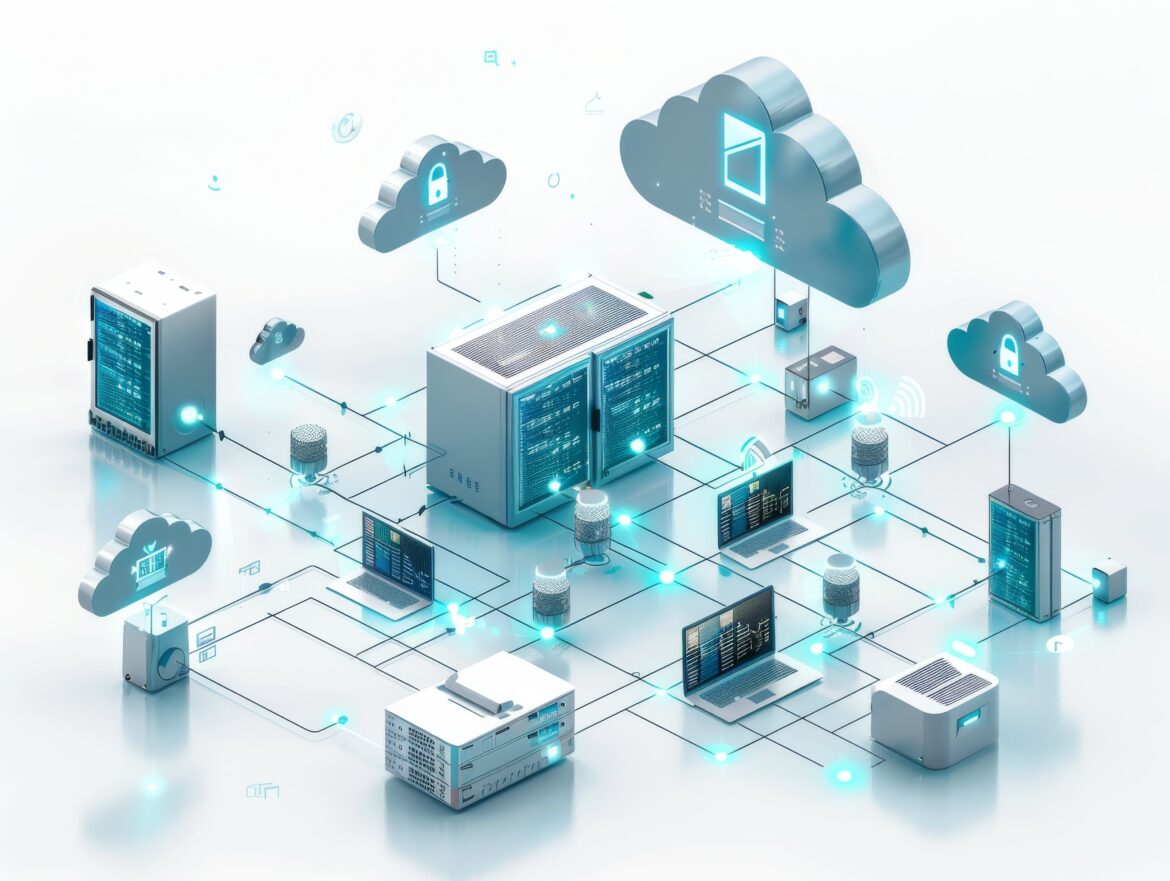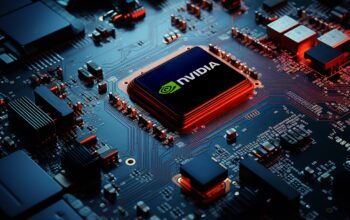The increasing demands of data-intensive applications like the Metaverse are pushing traditional cloud and mobile computing models to their limits. Latency, performance bottlenecks, and poor user experiences are emerging as centralised systems struggle to handle the sheer volume of data generated by these applications. This has given rise to decentralised computing models like Mobile Edge Computing (MEC) and Fog Computing (FC), which bring computation closer to the data source. This article explores the nuances of these two approaches, highlighting their key differences, benefits, and applications.
Mobile Edge Computing (MEC): Optimising Latency and Real-Time Performance
MEC addresses the challenges of latency and bandwidth limitations by pushing data processing to the edge of the network, closer to where the data is generated. Edge devices, such as smartphones, wireless access points, and routers, become crucial nodes in this architecture, enabling real-time analytics and faster response times.
- Proximity to Data Source: MEC minimises data transfer distances, reducing latency and improving efficiency.
- Applications: Ideal for applications demanding real-time processing, such as augmented reality, online gaming, and autonomous vehicles.
- Connectivity: Relies heavily on high-bandwidth connectivity, with 5G and 6G networks playing a critical role in enabling seamless data processing.
- Challenges: Security and maintenance of edge devices can be challenging, requiring robust software and infrastructure solutions.
Fog Computing (FC): Bridging the Gap Between Edge and Cloud
Fog computing acts as an intermediary layer between edge devices and the cloud, optimising data processing and storage across the network. Fog nodes, such as gateways and routers, provide additional computing resources and services, enabling more complex tasks to be performed closer to the edge.
- Decentralisation: Distributes processing data across multiple fog nodes, enhancing scalability and resilience.
- Integration: Seamlessly integrates with various systems, including sensors, gateways, and cloud servers.
- Optimisation: Employs machine learning to optimise task offloading decisions based on factors like bandwidth, energy consumption, and task deadlines.
- Applications: Suitable for a wide range of applications, including Big Data analytics, IoT, and industrial automation.
Key Differences and Considerations
While both MEC and FC aim to decentralise computing services, they differ in their architecture and focus:
- Location: MEC prioritises proximity to the data source, while FC extends the range of computation further into the network.
- Processing Capabilities: FC typically offers greater processing capabilities than MEC due to the use of more powerful fog nodes.
- Scalability: FC is generally more scalable than MEC, as it can incorporate a larger number of nodes and data centres.
- Cost: Implementing FC can be more costly than MEC due to the need for additional infrastructure and software.
Real-World Applications and Future Trends
Both MEC and FC are finding increasing adoption across various industries:
- Retail: Enhancing customer experiences through personalised recommendations and real-time inventory management.
- Manufacturing: Optimising production processes through predictive maintenance and real-time quality control.
- Smart Cities: Improving traffic flow, public safety, and environmental monitoring.
As the world moves towards a more decentralised and interconnected future, with concepts like Web 3.0 and the Metaverse gaining traction, the role of MEC and FC will become even more critical. These technologies will be instrumental in enabling seamless connectivity, real-time analytics, and efficient data processing for the growing number of users and things in the Internet of Things.
This article provides a comprehensive overview of MEC and FC, highlighting their key differences, benefits, and applications. By understanding these concepts, organisations can make informed decisions about the best computing infrastructure to meet their specific needs.




